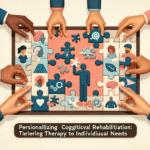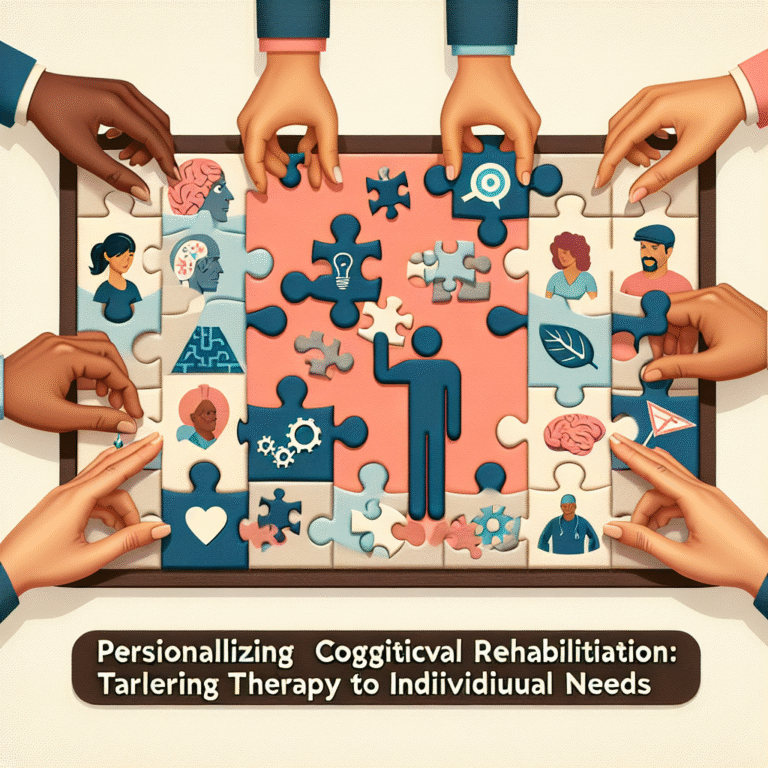
Introduction
In an increasingly digital world, where social media often replaces face-to-face interaction, the significance of genuine relationships cannot be overstated. Social connections: the invisible thread that weaves quality of life, highlight how the bonds we forge impact our mental, physical, and emotional well-being. Imagine standing in a crowded room, yet feeling utterly alone—this paradox is more common than ever, and it brings to light an essential truth: our quality of life is deeply intertwined with our social ties. This article will explore the multifaceted role of social connections, supported by case studies and real-world examples, ultimately revealing how nurturing these bonds can enrich our lives in profound ways.
The Science of Social Connections
Understanding Social Connections
Social connections encompass the relationships and networks we build throughout our lives. These can range from friends and family to colleagues and acquaintances. Research has consistently shown that social connections influence everything from longevity to happiness.
-
Longevity and Health: A pivotal study published in the journal PLOS Medicine found that individuals with strong social relationships have a 50% increased likelihood of survival compared to those with weaker ties. This statistic underscores how vital social connections are in navigating life’s challenges.
- Mental Health: Social connections also significantly impact mental health. According to the American Psychological Association, individuals suffering from depression or anxiety often have fewer social connections, illustrating the irony that while they may desire connection, their conditions can inhibit it.
The Emotional Fabric of Life
Emotional well-being is intricately tied to the quality of social connections. Here are some key findings demonstrating this link:
-
Empathy and Support: A study from the University of California revealed that individuals who received emotional support from friends and family had lower levels of cortisol, the stress hormone. This finding advocates for close social ties as a buffer against stress.
- Joy and Celebration: Sharing our joys with others is just as crucial as seeking help during tough times. For example, celebrations of achievements and milestones amplify joy and create lasting memories, fostering deeper social bonds.
Case Study: The Blue Zones
Understanding Blue Zones
A fascinating example of social connections at work can be found in the Blue Zones—regions of the world where people live significantly longer, healthier lives. These areas include Sardinia, Italy; Okinawa, Japan; and Nicoya, Costa Rica, among others.
-
Shared Values and Community: In these regions, strong social networks are foundational. Residents prioritize community over individualism. The shared values, trust, and norms create a safety net, enabling individuals to thrive physically and emotionally.
- Impact on Longevity: In Blue Zones, individuals often spend time with family and friends, indulge in communal meals, and participate in community activities. Research indicates that these social practices contribute to their remarkable longevity and quality of life.
The Individual Level: Building Quality of Life Through Relationships
Understanding the Dynamics of Friendship
Creating strong social connections involves intentionality and effort. Here are some strategies that can help:
-
Be Present: Quality matters more than quantity. Engage genuinely with those around you, prioritizing meaningful interactions over surface-level exchanges.
-
Seek Common Interests: Hobbies or activities that unite individuals can help forge deeper connections. Whether it’s a book club or a running group, shared passions provide fertile ground for friendships.
- Cultivate Vulnerability: The willingness to share personal thoughts, struggles, and fears can foster trust and intimacy, ultimately strengthening relationships.
The Role of Technology
While technology can complicate social connections, it can also enhance them. For instance, virtual platforms allow individuals to maintain connections over long distances. However, it’s crucial to balance online interactions with face-to-face meetings.
- Mindful Consumption: Opt for quality interactions online. Use platforms to strengthen relationships rather than substitute them. Engaging in video calls, for example, can enhance feelings of closeness compared to text messages.
Impact on Various Life Stages
Childhood and Adolescence
For children, the foundation of social connections begins in the formative years. Friendships built during these stages can profoundly impact emotional development.
- Social Skills Development: According to a study from the American Journal of Public Health, children with strong social connections in school environments exhibit better academic performance and emotional resilience.
Adulthood
In adulthood, social connections often shift from family-centered support to friendships and workplace relationships.
- Career Success: Strong social ties can lead to professional networking opportunities, mentorship, and career advancement. A report from the Harvard Business Review indicated that 85% of job placements stem from networking.
Older Adults
In older adulthood, the quality of social connections again rises to prominence. Aging often entails loss, leading to isolation if social ties are not maintained.
- Mitigating Loneliness: Engaging in community events or volunteer work can provide older adults with renewed purpose and social interaction, combating feelings of loneliness.
The Ripple Effect of Social Connections
Community Well-Being
Strong social connections contribute not only to individual health but also to community resilience. When people feel connected, they are more likely to engage in community service or activism, thus fostering a healthier societal landscape.
- Shared Responsibility: Communities with active social networks tend to have lower crime rates and higher levels of civic engagement. The National Institute of Health has published studies that highlight this correlation.
Conclusion: Creating a Tapestry of Connections
As we traverse through life, the impact of social connections: the invisible thread that weaves quality of life, becomes abundantly clear. From enriching our emotional landscapes to extending our lifespan, these relationships are essential lifelines.
In today’s fast-paced, digital-centric world, we must intentionally nurture our social networks. This can be as simple as making time for friends or participating in community activities. Let us challenge ourselves to reach out, strengthen existing bonds, and create new ones. After all, each connection adds a vibrant thread to the magnificent tapestry of our quality of life.
FAQs
1. What are the primary benefits of social connections?
Social connections provide emotional support, enhance mental and physical health, increase longevity, and improve overall quality of life.
2. How can I improve my social connections?
Focus on being present, engaging in shared interests, and practicing vulnerability with others to strengthen your relationships.
3. What role does technology play in social connections?
Technology can help maintain relationships, especially over long distances, but it’s crucial to balance online interactions with face-to-face meetings for deeper connections.
4. How do social connections affect mental health?
Strong social ties help reduce stress, combat feelings of loneliness, and provide a support system during challenging times, thereby improving mental health outcomes.
5. Are there different social connection needs at various life stages?
Yes, social connection dynamics evolve throughout life; children need peer relationships for social skills, adults for career networking, and older adults for combating loneliness.
By recognizing the power of social connections, we can actively shape our lives and foster relationships that enrich our existence. Embrace the invisible thread that weaves quality of life, for each connection adds depth and meaning to our journey.
















